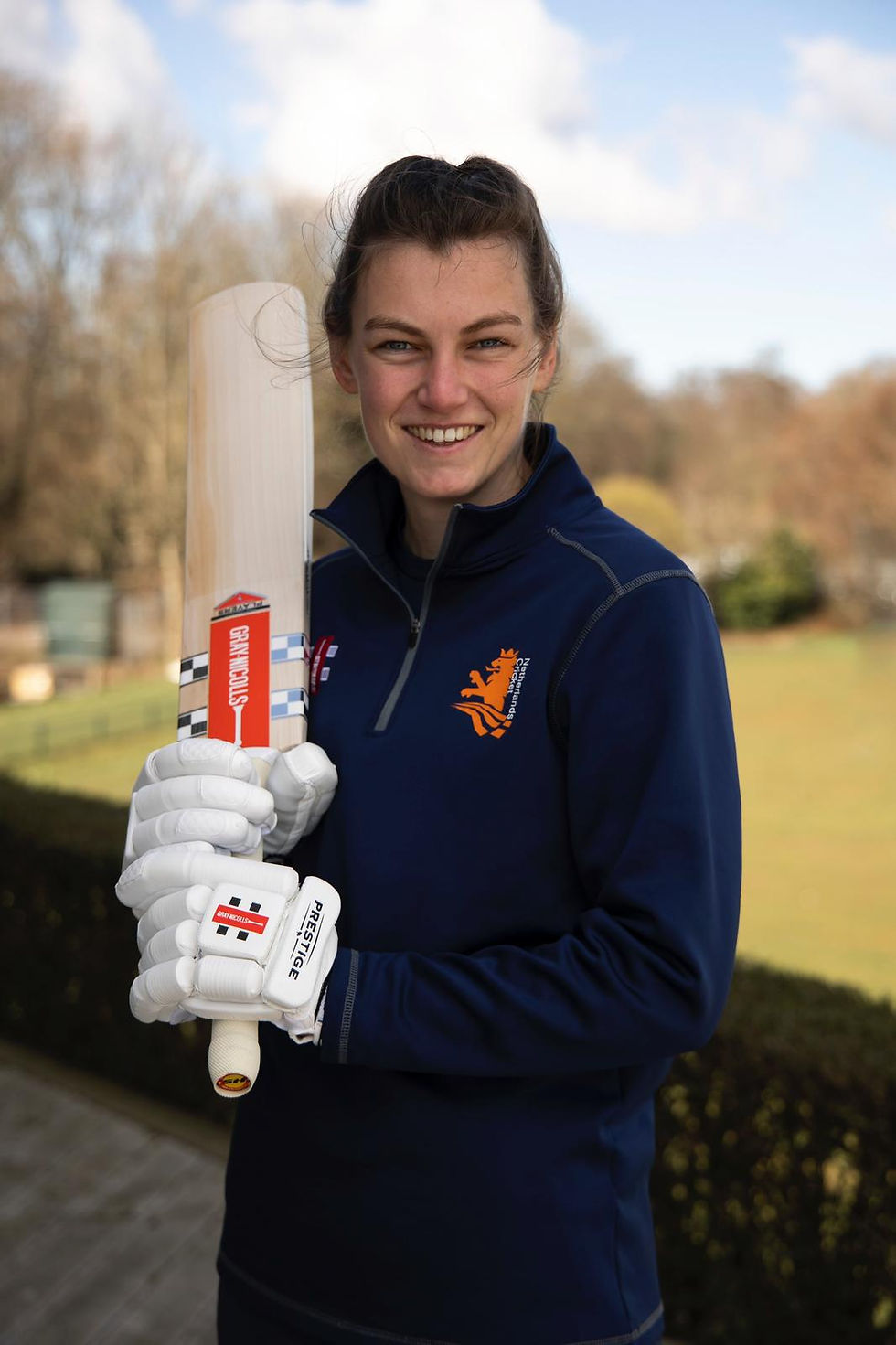Padel Fever: How a Rising Sport is Reshaping the Netherlands
- Emma Hizette

- Jan 30
- 2 min read
![Ralph Boekeman [center-left] on Padel Court © Tom Doldersum](https://static.wixstatic.com/media/ed549f_235ec923ad144dab92db79ce5a2dcf2c~mv2.jpg/v1/fill/w_980,h_714,al_c,q_85,usm_0.66_1.00_0.01,enc_avif,quality_auto/ed549f_235ec923ad144dab92db79ce5a2dcf2c~mv2.jpg)
Padel, a sport combining the precision of tennis and the enclosed thrill of squash, has seen exponential growth worldwide. Although padel initially seemed like a temporary trend, the sport continues to grow and has become incredibly popular in the Netherlands, with approximately 280,000 people playing as of 2023.
Padel was invented in Mexico in the 1960’s and introduced to Spain shortly afterwards. The Spanish have become champions of padel with over 3.7 million players and 22,000 courts.
Since then, padel has become a strong competitor to tennis. In Groningen, many former indoor tennis courts have been converted into padel courts. While the city once had around 20 indoor tennis courts, now only two remain as venue owners realized they could generate more income with padel courts.
Padel is played on a compact court surrounded by glass walls, allowing players to smash the ball harder as it stays in play. “That’s what makes padel so spectacular and nice,” says Ralph Boekema, who works at Peakz Padel, a leading padel club in Groningen. He played tennis for 16 years before discovering padel two years ago.
In Padel, players use solid, stringless rackets, setting it apart from tennis, and focuses on strategic shot placement rather than power. Typically played in doubles, it highlights teamwork and social interaction, making it popular with those seeking both a competitive and social play.
A social sport
One of the advantages of padel is that everyone can play it. “You don’t need a lot of technique to be a really good player,” Ralph says. While in tennis, solid technique is key for powerful shots, padel prioritizes understanding ball rebounds, anticipating opponents, and making smart decisions. Success hinges on minimizing mistakes, making it a highly technical game.
To find games, many players join large group chats with hundreds of members, where invites are posted throughout the day, often looking for specific skill levels. This makes it easy for players to connect and join matches.
Padel is enjoyed by people of all ages. “I’ve never seen that before with any sport,” says Ralph, adding that even very young players, such as 12- or 13-year-olds, are actively participating in padel. He also points out that the sport appeals to older players, with people in their 70s and beyond joining in. “I think that’s one of the main reasons why it’s growing so much—because everybody can do it, everyone can have fun with it.”
Padel’s inclusivity and social nature are what makes the sport so unique and popular. As Ralph puts it, you can just “grab your roommates, friends, parents, or co-workers, book a court, and have a good time.”




Sportweddenschappen kunnen spannend zijn als je ze serieus neemt. Het is belangrijk om niet alleen de statistieken van de teams te bekijken, maar ook te begrijpen hoe verschillende externe factoren het resultaat kunnen beïnvloeden. Zo kunnen bijvoorbeeld het weer, blessures of de vorm van de coaches een belangrijke rol spelen bij de uitslag. Stel een strategie op voor je weddenschappen, rekening houdend met al deze variabelen. Ik heb gehoord over https://locowin.website/nl/. Houd ook je emoties onder controle en vermijd weddenschappen die tot verliezen kunnen leiden. Succes bij wedden hangt af van een bewuste aanpak en een zorgvuldige analyse.